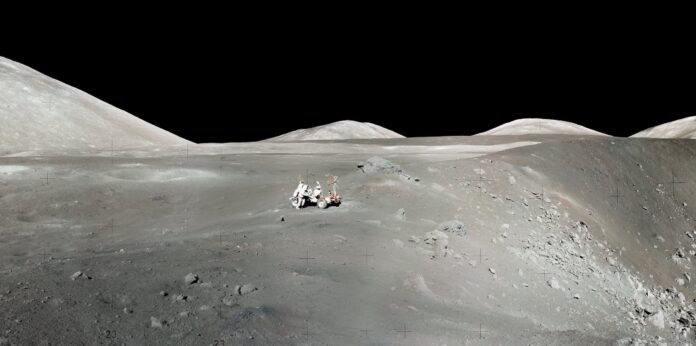Tsiolkovsky Crater would not be in the highlands, but it would give the astronauts access to mare material from the poorly understood lunar farside. It would also perhaps provide access to lunar material from deep inside the Moon’s crust that had been “splashed” up into Tsiolkovsky’s central peak during the impact that birthed the crater.
Schmitt even managed to line up a couple of spare TIROS weather satellites that could be launched into lunar orbit to relay voice and data between astronauts at a farside landing site and Mission Control on Earth. Unfortunately, the added cost of the satellites, not to mention the risk of a farside landing, was something NASA management couldn’t swallow. Such a spectacular mission to Tsiolkovsky Crater would have to wait for a later generation of lunar explorers.
The actual decision on where Apollo 17 would land was to be made by the Apollo Site Selection Board (ASSB). This group of scientists, engineers, and managers was responsible for weighing the scientific goals against the operational requirements of each potential Apollo landing site.
In the early days of the Apollo Program, the Board leaned toward sites that were safe and easily accessible, if not the most scientifically interesting. That’s why smooth mare areas were chosen for the first three Apollo landings.
However, the last three Apollo Moon landings (known as “J Missions”), were entirely focused on serious scientific exploration of the Moon. That led to the selection of landing sites that were scientifically intriguing, even if the operational aspects — rugged terrain, landing approach paths through mountain passes, etc. — were much more challenging.
The next-to-last meeting of the ASSB was held in June 1971, one month before the launch of Apollo 15, which was the first of the J Missions. At this meeting, the Descartes Plains was selected as the landing site for Apollo 16, and the crater Alphonsus was selected as one of the prime candidates for the Apollo 17 landing.
The other candidate sites for Apollo 17 included the central peaks of the craters Copernicus and Gassendi; a “pure highland” site in the southwest corner of Mare Crisium; and a combination highland-volcanic site on the southeast edge of Mare Serenitatis (“Sea of Serenity”). The Serenitatis site was classified as a volcanic site based on photographs taken by Apollo 15 Command Module (CM) Pilot Al Worden, which seemed to indicate the presence of volcanic craters. At this site, astronauts would be able to gather both older highland samples and younger volcanic samples, a prospect which generated much excitement among the lunar science community.
Credit: Source link






























